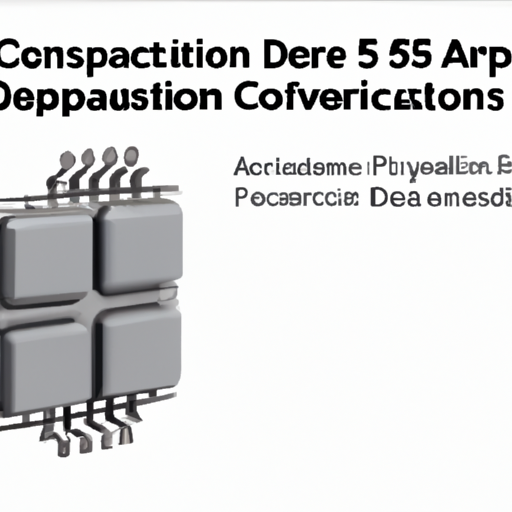MM74HC259N SCRs highlighting the core functional technology articles and application development cases of SCRs that are effective.
Core Functional Technology of SCRs
1. Basic Structure: An SCR (Silicon Controlled Rectifier) is a four-layer semiconductor device (PNPN) with three terminals: anode (A), cathode (K), and gate (G). This structure allows it to control high voltage and current effectively.
| 2. Operation | |
| 3. Types of SCRs |
Applications of SCRs
1. Power Control: SCRs are widely used in power control applications such as light dimmers, motor speed controls, and heating control systems. They can handle high power loads and provide efficient control.
2. Phase Control: In AC circuits, SCRs are used for phase control, allowing for the adjustment of the power delivered to loads by controlling the phase angle of the AC waveform.
3. Rectifiers: SCRs are used in controlled rectifiers for converting AC to DC. They are commonly found in applications like battery chargers and DC motor drives.
4. Overvoltage Protection: SCRs can be employed in surge protection devices to safeguard sensitive electronics from voltage spikes.
5. Inverters: SCRs are integral in inverter circuits to convert DC back to AC, which is essential in renewable energy systems like solar inverters.
Development Cases
1. Motor Control Systems: SCRs are extensively used in industrial motor control systems where precise speed control is required. For instance, in conveyor systems, SCRs can adjust the motor speed based on the load, enhancing efficiency and performance.
2. Lighting Control: In theatrical lighting, SCRs are utilized in dimmer packs to control the intensity of stage lights. This capability allows for smooth transitions and effects during performances, enhancing the overall experience.
3. Heating Applications: SCRs are employed in electric furnaces and induction heating systems where precise temperature control is necessary. They can modulate the power supplied to heating elements based on feedback from temperature sensors, ensuring optimal performance.
4. Renewable Energy Systems: In solar power systems, SCRs are used in the inverter stage to convert the DC output from solar panels into AC for grid connection or local use. This conversion is crucial for integrating renewable energy into existing power systems.
5. HVDC Transmission: SCRs play a vital role in high-voltage direct current (HVDC) transmission systems, enabling efficient long-distance power transmission. Their ability to handle high voltages and currents makes them suitable for this application.
Conclusion
SCRs are versatile components that are essential in various applications requiring high power control and efficiency. Their capability to manage large currents and voltages makes them indispensable in industrial, commercial, and residential settings. Understanding their operation and applications can lead to innovative solutions in power electronics and control systems, driving advancements in technology and energy management.





